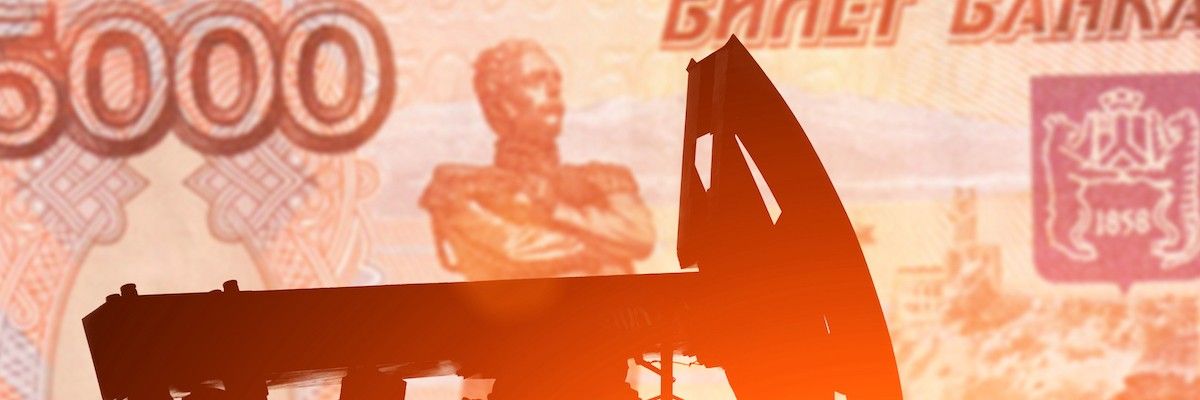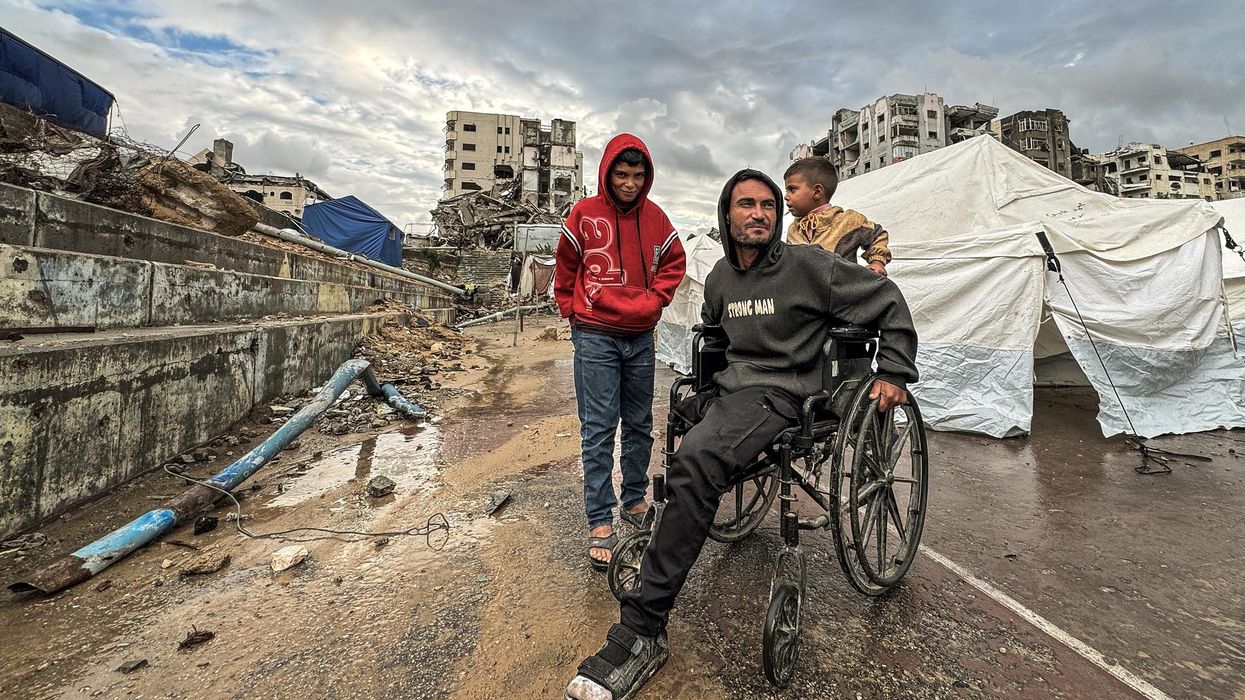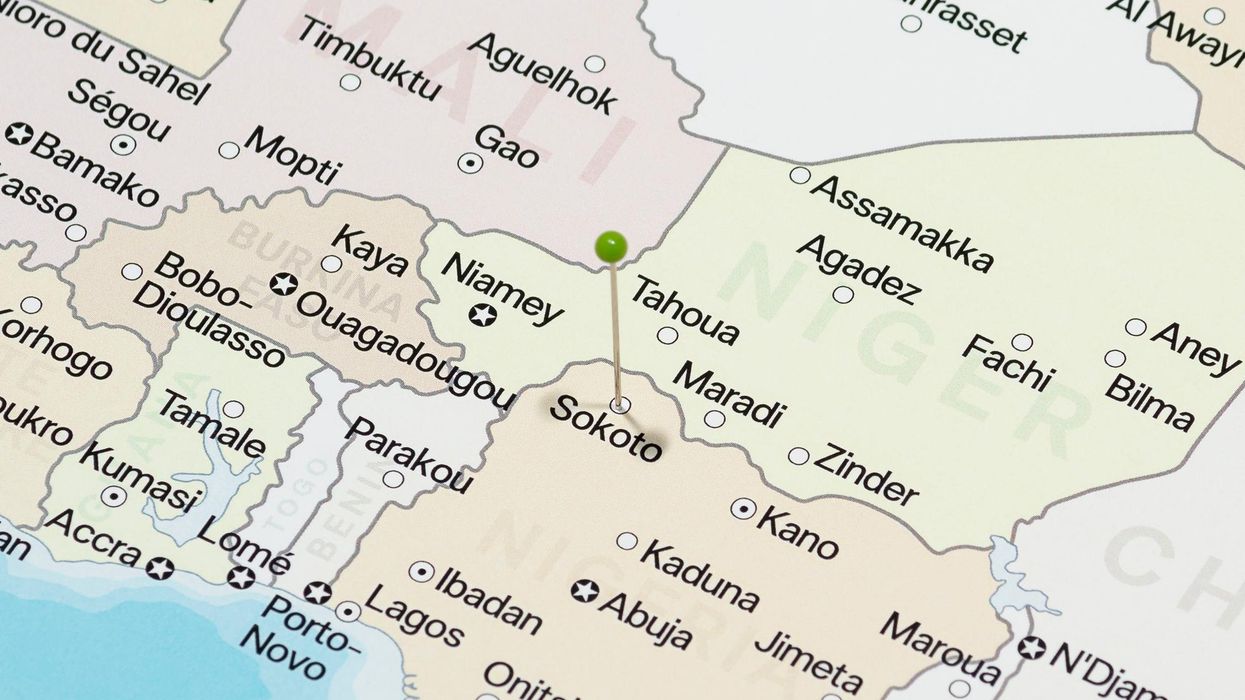The West’s response to Russia’s invasion of Ukraine in February 2022 was swift and decisive.
Shortly after the Russian invasion, the United States barred Russia from making debt payments using foreign currency held in U.S. banks, increasing the risk for Russia to default on its debts. In addition, seven Russian banks have been excluded from the SWIFT international messaging system, which facilitates financial transactions and payments.
These sanctions were the “largest sanctions package in [the] Union's history,” according to Ursula Gertrud von der Leyen, the president of the European Commission.
To remedy the impact of sanctions on its economy, Russia has expedited cooperation with its partners, including China, India, and the Islamic Republic of Iran, to create a parallel financial system to the Western-dominated institutions. In doing so, Russia is pursuing two main objectives. In the short term, Moscow’s goal is to replace Western markets by expanding its petroleum exports to India and China, which are seemingly more reliable trade partners. The ultimate objective, however, is to create a system in which Russia and its partners can circumvent Western economic dominance.
The practicality and effectiveness of such a system remains to be seen.
The creation of a new financial system has been on Russia’s agenda for years. In fact, from the early days of the post-Soviet Union, Moscow has been trying to establish a common market with the USSR's former republics. In this vein, the 1991 “Commonwealth of the Independent States,” an intergovernmental organization between eastern European and Central Asian nations, was created to encourage financial cooperation and mutual trade. This resulted in the establishment of the Eurasian Economic Union, or EEU, in 2014, a supranational institution that integrated the market of five countries – Russia, Belarus, Armenia, Kazakhstan, and Kyrgyzstan – into a single market.
Nevertheless, during this period, Russia remained more interested in creating a “financial hub” of its own rather than creating a “financial zone” parallel to the Western system. However, the U.S.-backed sanctions on Russia that followed the annexation of Crimea in 2014 demonstrated Moscow’s vulnerabilities. It is noteworthy that as a result of sanctions, the Russian currency, the rouble, depreciated by 100 percent.
This helps explain why, shortly after the annexation of Crimea, Russia began adopting its “Fortress Russia” strategy designed to detach its economy from the Western-dominated financial system and diversify its economy. Two important measures bear noting here. The System for Transfer of Financial Messages (Sisteme Peredachi Finansovykh Soobshchenii) was devised in 2014 as a Russian equivalent of the SWIFT system and was designed to reduce the risk of sanctions imposed on Russian businesses and banks.
Despite Russian declarations on the effectiveness of this system, however, SPFS has suffered from a number of shortcomings, including high transaction costs, system availability, and security requirements, which have undermined its reliability and usefulness.
Meanwhile, the MIR payment system initiated by the Russian Central Bank in 2017 is meant to serve as an alternative to the U.S.-based Visa and MasterCard. MIR has already been accepted in 11 other countries. In addition, Russia has accelerated its efforts to de-dollarize bilateral trade with friendly countries such as China, Iran and India, and has been actively redirecting its petrol exports from West to East to turn Asia into the “default market” for Russian oil.
A number of regional powers have also sought to detach their economies from the Western financial system. Since 2014, Russia and China have been strengthening their partnership. To shield their financial cooperation from potential U.S. sanctions, both nations have sought to eliminate the U.S. dollar from their trade with considerable success. It is noteworthy that in 2020, only 41.5 percent of bilateral trade has been settled in Dollars, while in 2015, 91 percent of bilateral exchanges were settled in U.S. currency.
Meanwhile, Sino-Russian cooperation entered a new stage in December 2021 when Russian President Vladimir Putin and China’s Xi Jinping held a video conference and jointly pledged to escalate bilateral efforts to set up an independent trade network to reduce their reliance on the U.S.-led international financial system. The Putin-Xi commitment was followed by the Bank of China’s decision to join the Russian SPFS in 2022. However, the Bank of China is the only non-Russian member of the SPFS, and China has not encouraged other banks to join it.
India is another potential candidate for the Russian initiative. In fact, since 2019, New Delhi has been expressing its interest in joining the SPFS and replacing the dollar with rupee-rubles transactions. The evidence suggests that both nations have made significant progress in achieving this goal, given that the use of rupee-rubles in bilateral transactions has quintupled.
The other prospective candidate for the Russia-proposed financial system is Iran, whose economy has been subject to suffocating sanctions for a decade. Iranian banks were cut off from the SWIFT system in 2012 as a result of U.S. sanctions. While Iranian banks briefly rejoined the system in the aftermath of the 2015 signing of the JCPOA (the Iran nuclear deal), they were disconnected again as a result of President Donald Trump’s withdrawal from the agreement two years later.
It is therefore no surprise that Tehran would also be interested in joining the Russian-led initiative. In this context, Mehdi Safari, Deputy Foreign Minister for Economic Diplomacy, told Sputnik in July 2022 that the two countries should de-dollarize their trade and build a similar system to SWIFT.
Notwithstanding the efforts to circumvent Western financial institutions, the Russian system has yet to prove effective, due to a number of factors. The number of countries willing to join or cooperate with the Russian led financial system is limited. It is noteworthy that while Turkish banks had previously adopted the MIR, they have since dropped it under pressure from the U.S. and European authorities. The Egyptians, just a few days ago, did too.
Additionally, some of the prospects for increased Russian cooperation on the financial side have more trade with the U.S. than Russia. It bears noting that China is a top trade partner for the U.S. with $521 billion worth of exports headed to the U.S. market in 2021. Meanwhile, the Chinese exports to Russia stood at $59 billion. Similarly, India’s top trade partner is the United States, and about 18.1 percent of India’s exports in 2021, worth $71 billion, were purchased by Americans, while Russia is not even among India’s top 25 trade partners.
Therefore, it would neither be practical nor feasible for India or China to trade with Russia, at the cost of antagonizing the U.S. In the Iranian case, notwithstanding the growing political and military ties between the two countries, Iran and Russia not only don’t have a compatible economy, but they are natural competitors. Both nations are oil exporting countries, seeking to grow their markets. In fact, Russia is already competing with Iran over the Chinese and Indian markets by offering oil at a discounted price.
Given the challenges discussed, and ongoing uncertainties over the readiness of other major powers to implement the Russian system, the future and effectiveness of the “fortress Russia” strategy remains unclear.
For the moment, the weaponization of sanctions as a tool of punishment has indeed created incentives for some nations to cooperate with the West. But while American dominance over the financial markets have stymied the Kremlin’s efforts to establish a parallel system, evidence suggests that dynamics are shifting as more countries are conscious of their vulnerabilities.
As the world moves toward a multipolar reality, there may be a time when alternatives are much more preferable to the U.S. dominated system. Indeed, the West should be concerned about China’s future actions, as Beijing is expanding its gigantic industrial and commercial capabilities at home and abroad. If it chooses to move closer to Russia in its quest to forge a new path, the U.S. may soon feel its own vulnerabilities in this realm.
















